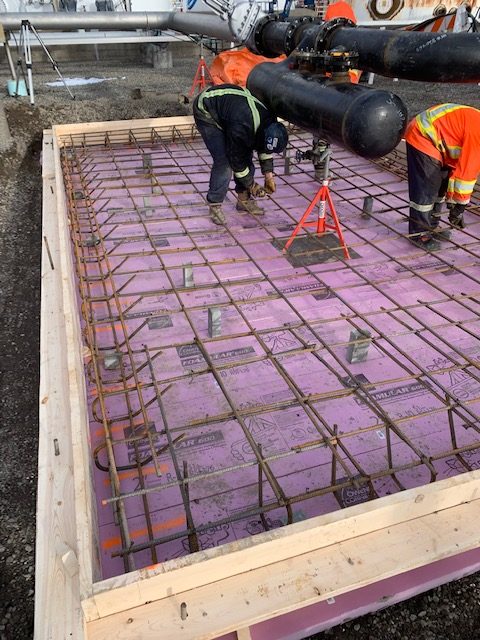
There are a lot of things to consider when you no longer need your underground petroleum tank service.
While you may not be doing all of the removal work yourself, you still must know what is involved in underground storage tank (UST) closure and/or removal, especially when it involves a flammable, combustible fuel such as petroleum. Any time a tank has to be closed and/or removed, it is an undertaking with several potential hazards. Therefore, you must ensure that all safety precautions that are required and necessary are taken to keep the public, the environment and your workers safe. Since a tank that is out of service can do harm to its surrounding environment, it is vital they are closed properly and removed whenever possible.
Regulations and project perimeters will vary
The regulations you must follow for the closing and removal of a UST depend on the province in which the tank is located. Since you will need to deal with various testing, rules, forms, procedures and other requirements, it’s best to work with a properly licensed and experienced fuel service and fuel project company. An experienced company will help ensure you are following all the rules and requirements. If you fail to comply with all the rules and regulations regarding your tank closure and removal project, you could be left facing fines and other legal sanctions from the various levels of government.
If you only want to close your tank on a temporary basis, there are still certain things you must do. If, for example, you are concerned about hydraulic pressure on your UST, you may be permitted to fill it with a noncorrosive, nonhazardous liquid. Venting is allowed, but any fill and access locations and piping must be sealed properly using only approved items, such as locking caps or concrete plugs.
Any power service to your UST’s pumps will need to be disconnected unless you are using that same service for other equipment. In addition, you will have to pass any required compliance inspections and may need to secure pollution liability insurance. This insurance is necessary because down the line, it may be found that your tank is harming the local environment despite being closed.
Abandoning a petroleum tank
In certain cases, you may be permitted to close your petroleum underground storage tank but leave it in place. If, for example, your UST is currently under the foundation of a building and professionals have found removal could compromise that building’s structure, you may get a variance allowing closure but not mandating removal. However, even in this case, all the relevant rules and regulations still apply. If you don’t comply with all of those requirements, you can be held legally liable for anything disastrous that occurs.
Of course, it’s generally better to remove a UST you are no longer going to use whenever possible. Removing an unused tank lessens the chance of the UST contaminating nearby groundwater and soil. It can raise your property’s value, too, as, an old, closed tank is usually perceived by buyers as a potential risk. When you opt to have your tank closed and removed by a professional petroleum service, you can rest assured the work is done properly and that you will have the documentation you need to prove it.